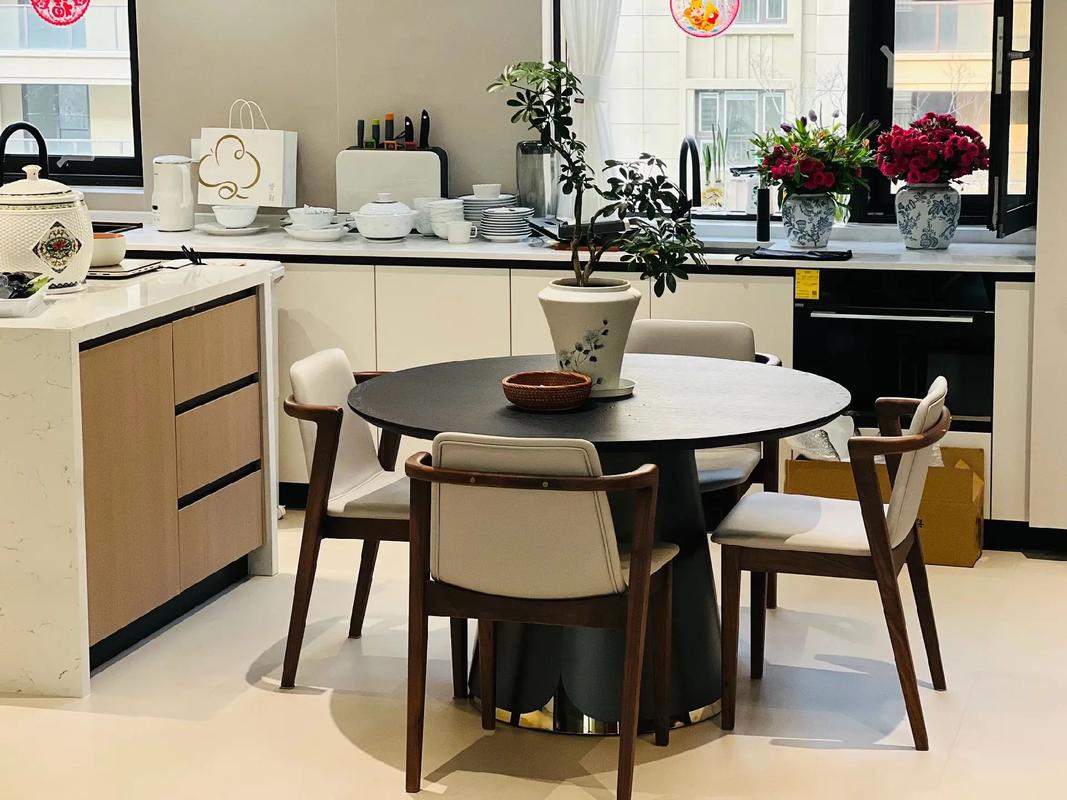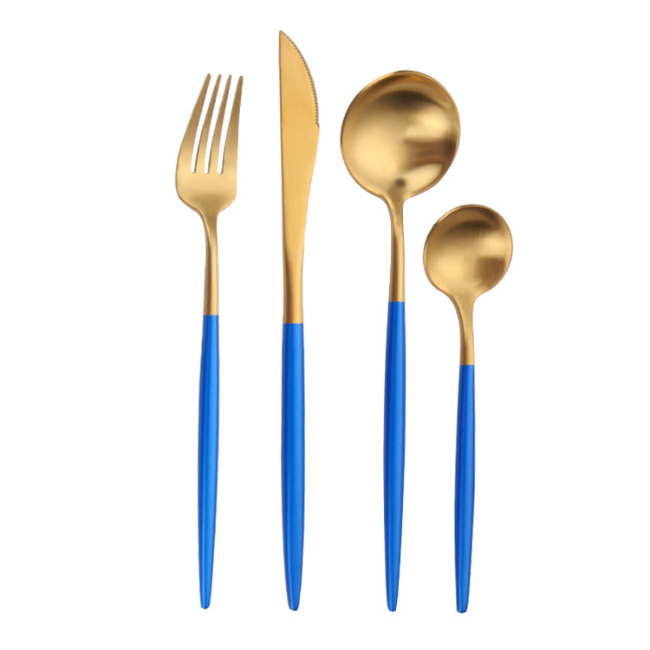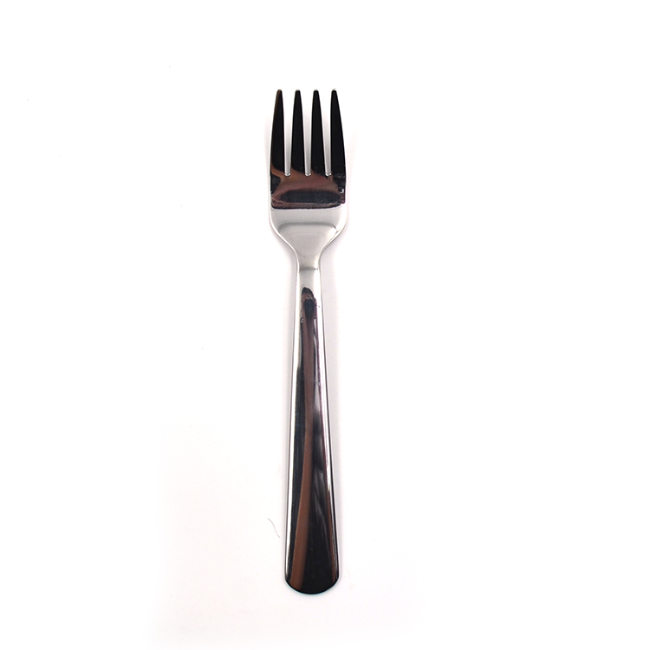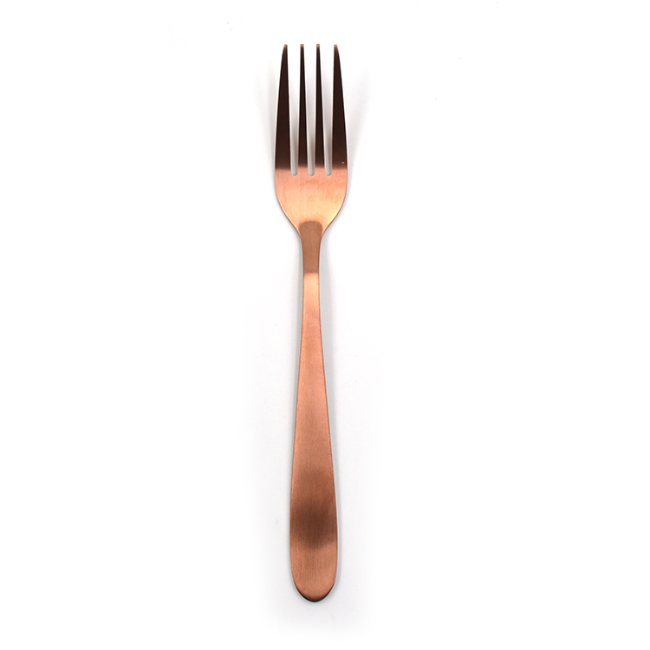
14 May
How to Draw a Spoon?
How to Draw a Spoon?Drawing a spoon migh...
How to Draw a Spoon?
Drawing a spoon might sound simple, but it can be a challenge if you're aiming for realism and detail. Whether you’re an artist working on a still life, a designer creating a kitchen utensil logo, or just someone interested in learning the fundamentals of drawing everyday objects, this guide will teach you how to draw a spoon step-by-step.
Step 1: Start with the Basic Shape
Before diving into details, it’s important to get the basic shape of the spoon down. Begin by sketching the spoon’s outline, focusing on the handle and bowl. The handle typically tapers at the end, with a rounded or slightly pointed tip.
1. Draw a long, vertical line for the handle.
2. At the top of the handle, sketch a narrow oval shape for the bowl of the spoon. This should be wider than the handle.
Step 2: Add Depth to the Spoon’s Bowl
The bowl of the spoon is a key feature and should appear three-dimensional. Start adding curved lines inside the bowl to show its depth. The inner part of the bowl should be concave, so curve the lines gently toward the center. You can shade or darken the bottom part of the bowl to create the illusion of depth.
Step 3: Refine the Handle and Add Detail
The handle of the spoon is typically smooth but can have intricate designs, especially in decorative spoons. Add details like curves, a twist, or other decorative elements, especially if you are drawing a more ornate spoon like a logo spoon sport or a high-end spoon from Homefelt.
Step 4: Final Touches and Shading
Once the shape and details are in place, add shading to bring the spoon to life. Focus on where the light hits the spoon and shade areas that would be in shadow, such as the inside of the bowl and the underside of the handle.
Conclusion: Mastering Spoon Drawing
Drawing a spoon is a great way to practice both shape and shading. Whether you’re drawing a spoon for a logo or as part of a still life, mastering the basic form and details is key to achieving a realistic result. With practice, you'll be able to add more complexity to your designs, whether you're illustrating a brunch reservations Minneapolis scene or a spoon for a jam food shop logo.





